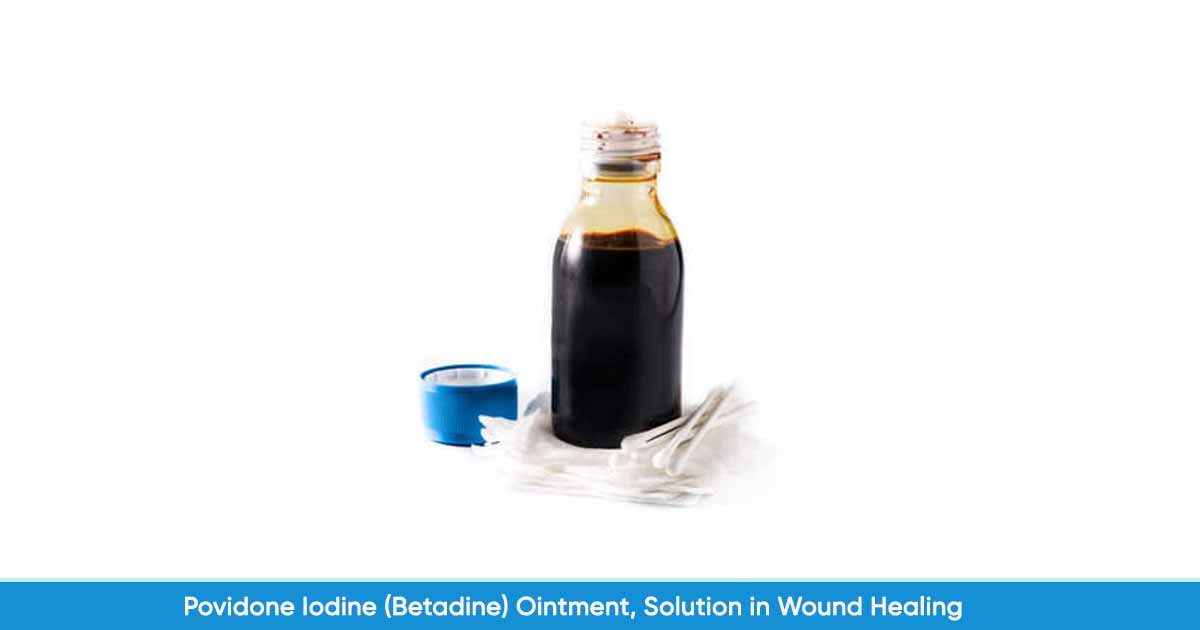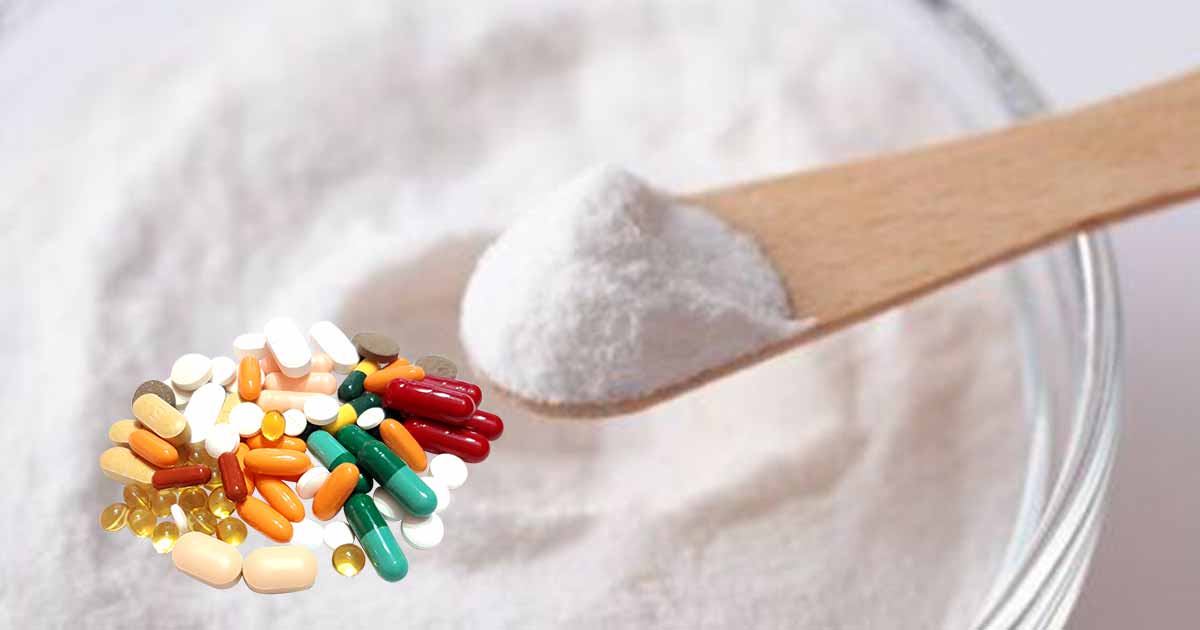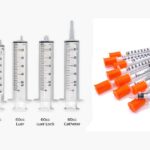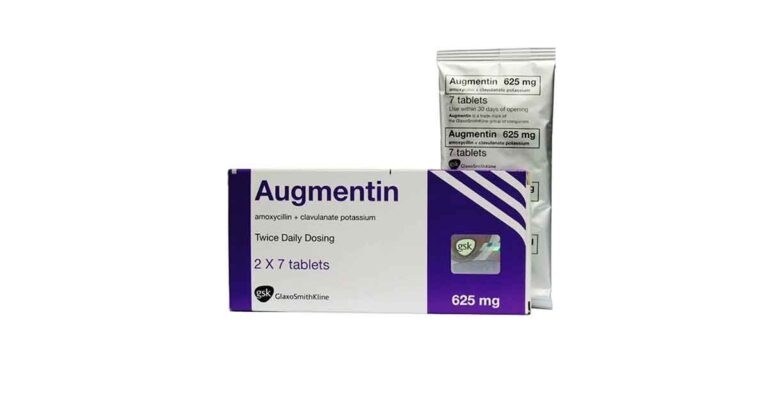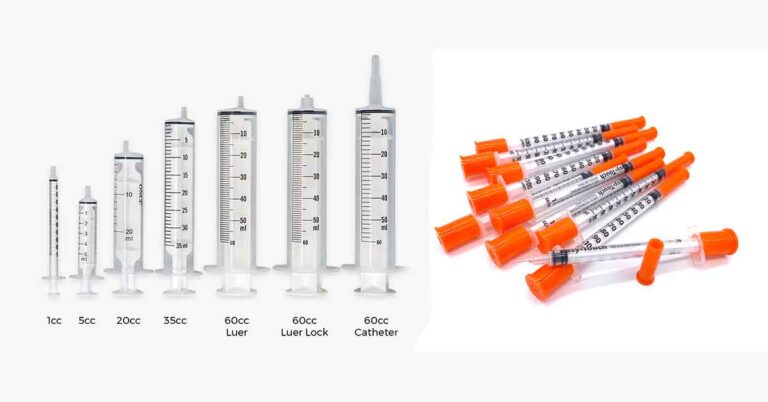Povidone iodine, also called popularly called betadine, is a topical antimicrobial antiseptic used to provide antimicrobial action against bacteria, mycobacteria, fungi, protozoa, yeast, and viruses in acute and chronic wounds. It is an iodine complex.
They can be used directly on the wound, or covered with a bandage, like crepe bandage.
How Iodine became an antiseptic?
Iodine is a natural dark violet, non-metallic element with a role in human metabolism. It is necessary in production of thyroid hormones, and occur in iodide form in certain animals.
In 1829, during the American Civil War, Lugol’s solution which contains elemental iodine and potassium in water, was developed as antiseptic iodine preparation for wound care. In the First Civil War, Alexander Fleming used iodine instead of carbolic acid to reduce gas gangrene in wounds of soldiers.
Today, iodine preparations are used as antiseptic to prepare the patient’s skin before surgery, antiseptic for preoperative hand scrubs, and skin cleanser for surgeons, theater staff.
Earlier preparations like aqueous and alcoholic iodine preparations have unpleasant side effects like pain, irritation, and skin staining. However, iodophors were developed in the 1950s to reduce the pain and toxic side effects of elemental iodine.
Iodophors preparations bind iodine to a solubilizing agent or carrier, forming a complex. The complex allows slow release of iodine when the carrier comes in contact with the wound exudate. This slow release of iodine reduces the toxic side effects of iodine.
Iodine Preparations for Wound Dressing
There are two main iodophors preparations used for wound dressing:
Povidone iodine (PVP-I)
Povidone iodine is a chemical complex of polyvinylpyrrolidone (also known as povidone and PVP) and elemental iodine, and comes in cream, ointment, solution, spray, and wound dressing. It is the most commonly used iodine preparation.
Povidone iodine is available as Betadine Antiseptic Cream (5% povidone iodine), Betadine Solution (povidone-iodine, 10%), Betadine® Antiseptic Sore Throat Gargle (povidone-iodine, 0.5%), Braunovidon® ointment/ointment gauze, and dressing such as Inadine® (Systagenix).
Povidone iodine affects the enzymes and cell proteins structures and functions. It also damages bacterial cell function and structure of the membrane. It is directly toxic to the cell wall of bacteria, preventing resistance. Furthermore, it has broad-spectrum activity against common bacterial
wound isolates, antibiotic-resistant species, and meticillin-resistant Staphylococcus aureus (MRSA) cells.
Recent studies suggest sustained release iodine may penetrate biofilms (bacteria embedded in a slimy, protective mucopolysaccharide glycocalyx) better than silver or polyhexamethylene biguanide (PHMB)
Povidone iodine dressings are inexpensive compared to others, while dressings that change their color, such as Inadine, are good as they suggest when the dressing should be changed.
Cadexomer iodine
An iodine and polysaccharide complex, used in wound cavities as antiseptic fillers. Examples are Iodoflex® (Smith and Nephew) and Iodosorb® (Smith and Nephew).
Cadexomer iodine reduces pain, exudate, erythema, edema in patients with pressure ulcers and venous leg ulcers.
A study by Mertz et al. shows that cadexomer iodine reduced MRSA and total bacteria in partial thickness porcine wounds
Uses of Povidone Iodine & Cadexomer Iodine
Both povidone iodine and cadexomer are antiseptic used in wound dressing for wounds such as minor burns, diabetic foot ulcers, pressure ulcers, venous leg ulcers, and superficial skin-loss injuries. The iodine solutions:
- Prevent wound infection or reinfection in patients with high risk of infection.
- Treat local infection.
- Manage spreading infection in delayed wound healing.
How long should iodine dressing last before changing?
With appropriate moisture balance, iodine dressing can be applied 1 to 3 times a week. The dressing should be changed when its color changes, as the antiseptic is assumed to be lost. Though most iodine dressings, even the new ones like Inadine, Iodosorb and Iodoflex, ensures the slow release of iodine, it should be changed constantly to supply the requirement antiseptic effect.
In heavy exuding wounds, the dressing need to be changed daily.
Discontinue using the iodine solution if the wound is healing, and infection is clearing. However, if there is no improvement after using the product for 10 to 14 days, alternative management with another antiseptic dressing or systemic antibiotics should be considered.
Contraindications to Iodine Dressings
Use povidone iodine and cadexomer iodine with caution in patients with thyroid diseases, iodine sensitivity, in pregnancy or breastfeeding, newborn babies and those up to the age of six months.
Also, use with caution in children with large burn areas that require prolonged management.
Avoid povidone iodine/cadexomer Iodine before and after the use of radio-iodine diagnostic tests, and also in patients with significant renal disease.
Side Effects of Povidone Iodine & Cadexomer Iodine
Iodine solution can leave a brown stain on the skin due to the tri-iodide ion and, free molecular iodine, to a smaller extent. But the stain fades away gradually with no effect.
Also, while applying iodine solution on the wound, we feel a transient burning or stinging sensation. This sensation is harmless and may occur due to osmotic loads caused by preparations with high iodine concentration.
References:

